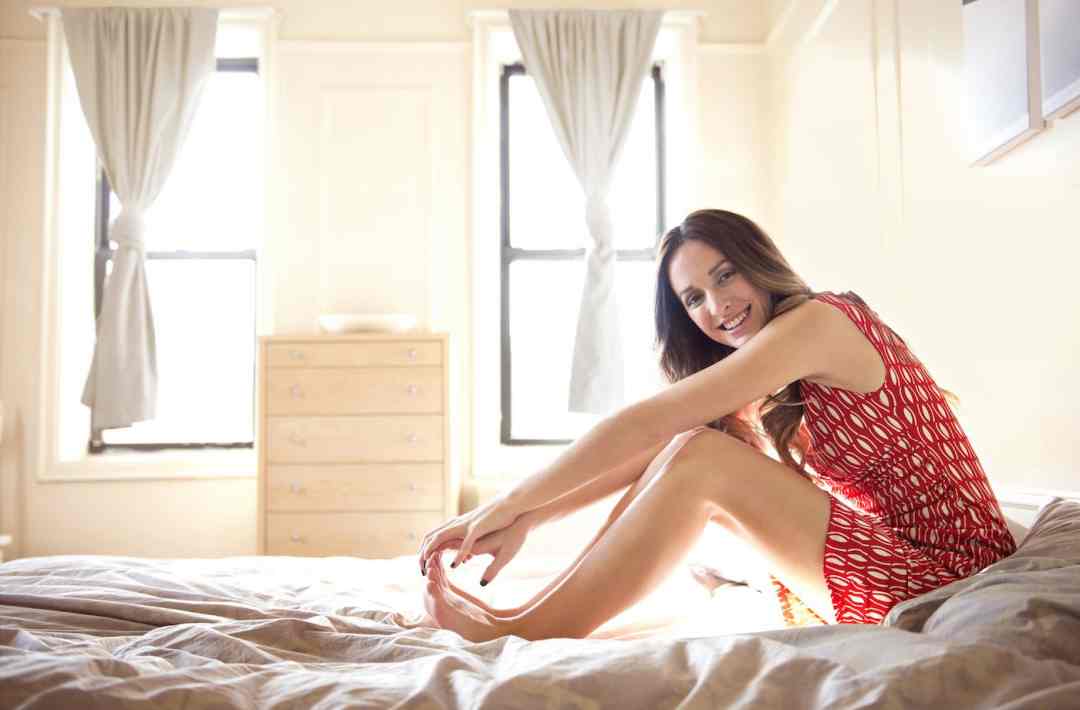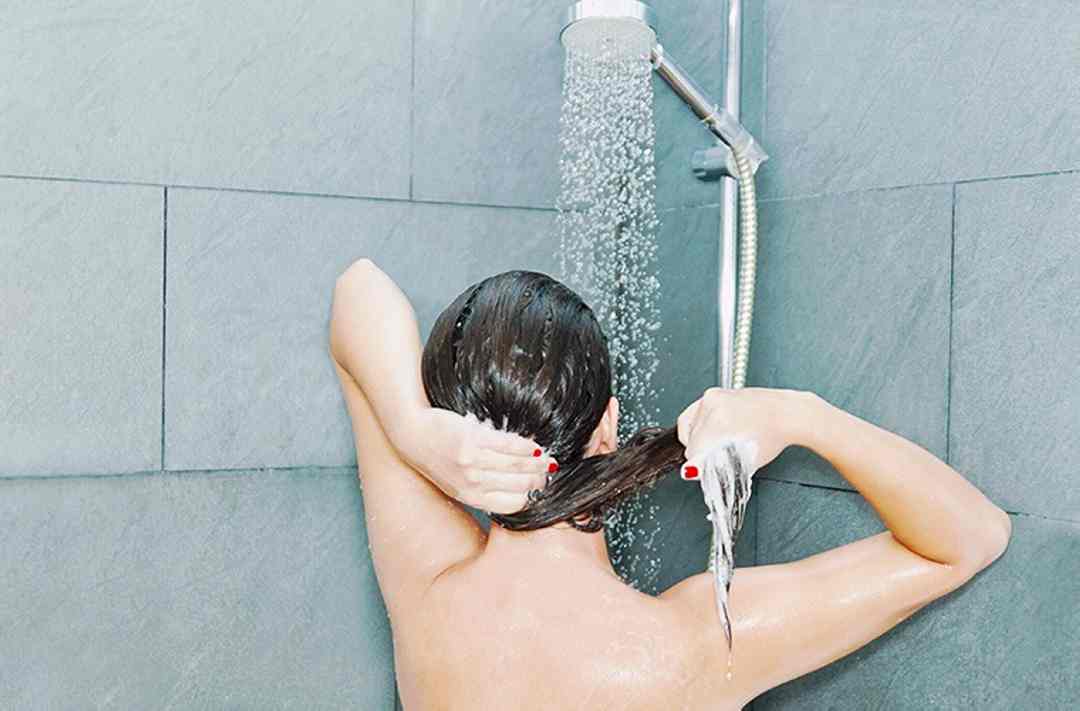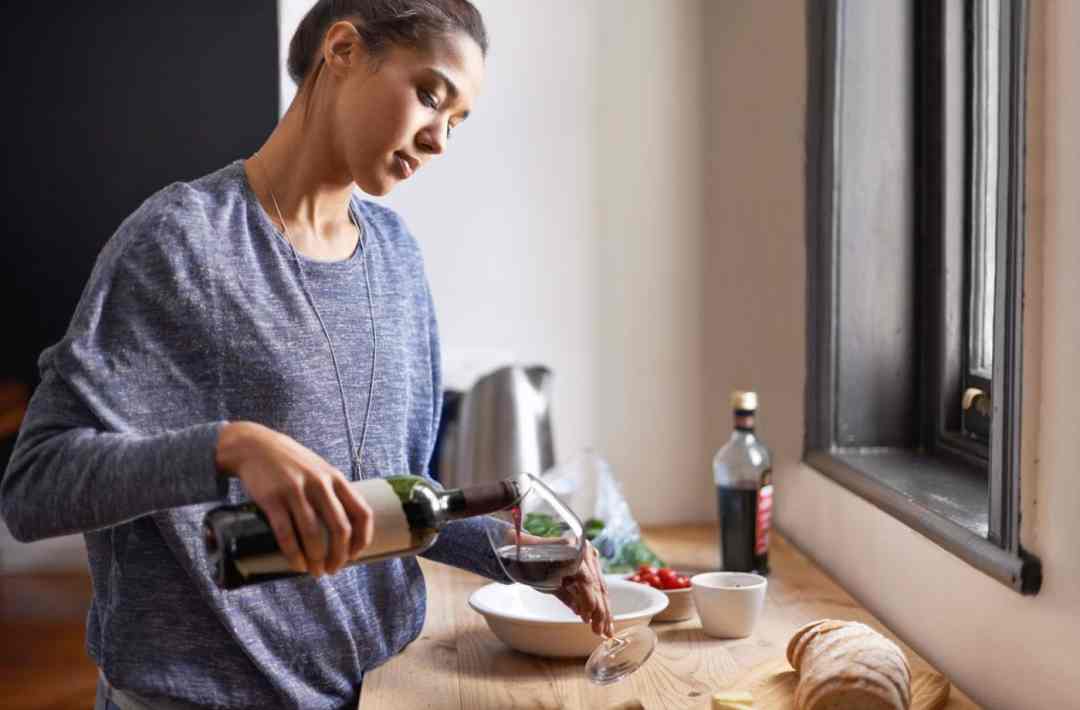When I’m walking around the streets of New York City, there are a lot of things I’ve come to expect on almost every block: a bodega, a food cart, and a massage place with a foot reflexology chart planted on the window. I’m always interested in all three, but it’s the foot reflexology that I’ve yet to actually try for myself (and everyone tells me I’m missing out).
Foot reflexology is a centuries-old practice rooted in Chinese medicine that involves touching certain points in your foot that correspond with other points in your body for all sorts of benefits. “Reflexology is pressure points on the foot which are energetically connected to other areas in the body” explains Juhi Singh, Chinese herbalist, acupuncturist, and founder of the Juhi Center. “Different points on the feet can help stimulate and pass energy to organs throughout the rest of the body. For example, points on the tip of the toes can stimulate the head, while the ball of your foot can reflect in your heart and chest.”
All you’ve gotta do is stimulate these points, and it works as a sort of alt-therapy for a multitude of health perks. “Reflexology, also known as zone therapy, is an alternative therapy which involves applying pressure to the feet with the help of your thumb, fingers, and props without using oil or lotion,” says Naveen Sharma, naturopathy counselor at YO1 Wellness Center in the Catskills, New York. The benefits of doing this? “You can get improved blood circulation, it improves your nerve response in your body, and it gives you balanced energy levels.”
Essentially, it’s kind of like your reflexes but it’s tied from your foot to organs, which all are divided into different zones. “Reflexology works with the central nervous system through nerve endings of the peripheral nerve,” says Sharma. “By applying pressure on peripheral nerve endings, we stimulate the nerve center related to specific organs in the body. The foot, generally, is divided into different zones and specific parts of it represent different organs in your body.”
Though there are so many pressure points on your foot (as the above foot reflexology chart proves), here’s the basic gist of things: “The left foot will stimulate the left side of the body and all its organs, and the right foot will do the same for the right side,” explains Singh. “The second and third toes relate to the eyes, while the remaining toes connect to the teeth, sinuses, and head. The bottom of the foot from the tip to the heel will relate to your spine.”
It’s important to note that modern science has yet to confirm specifically how reflexology works and what it can do. Some small studies have found that the practice can be helpful for reducing stress, reducing back pain, and managing migraines in conjunction with other therapies. However, a 2015 review notes that reflexology does not currently have “sufficient evidence to support its clinical use,” in large part because there is just very limited, high-quality research on reflexology, period. That doesn’t mean that reflexology is without benefit, especially since, as mentioned, it is a mainstay of Traditional Chinese Medicine. In fact, the same 2015 review concluded: “Reflexology practice should be implemented as a complementary therapy in developed countries due to its functions which can give many benefits to body health condition…With the basic [sic] of reflexology which can be done by ourselves, it helps to improve the performance in our life day by day.”
With that in mind, you don’t have to rely on the pros to give you the foot reflexology massage action—you can do it at home (or have your S.O. do it…) by walking on a foot reflexology mat (which you can buy for less than $20 on Amazon), walking barefoot on small round stones to cue your body, or just using your thumb to fire up pressure points. Singh recommends using some salt or essential oils to work through reflexology at home too: “One of my favorite traditions in the evening is to come home and place my feet in comfortable water with either Himalayan sea salt or Epsom salt, and using essential oils such as lavender or eucalyptus to self-massage the feet, stimulating points that promote relaxation,” she says.
For more specific, everyday hacks, you can even turn to foot reflexology to ease a headache. “For something like a headache, you can make small circles with your thumb on your big toes,” says Singh. According to the modality, “if you’re having digestive issues or stomach pain, take a hard ball—like a golf or tennis ball—and press down on the ball with the middle part of your foot. This pressure helps to open up energy pathways, which relax the stomach and improve your digestion.” All very good reasons why you shouldn’t just let your feet hide inside of your sneakers all day, every day.
This article was originally published on June 7, 2019. It was updated on October 16, 2020.
In related foot intel, this is why fitness experts say that big toe flexibility really, really matters. And to keep those dogs healthy, check out the best comfortable sandals for walking around in all summer long.


